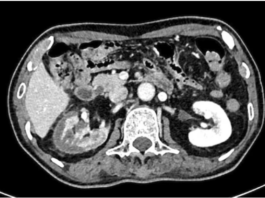Ever wondered what a surgical scene looked like 75 years ago? Not quite different from today actually! Although the performance of professional surgery changed drastically from the 1800s to the 1900s, most surgical practices are quite similar to what they were back in the day. However, at the beginning of the era, surgery was a very public event.
Anyone who could tolerate a scene with bloody internal organs lying around was allowed to enter the operation room to observe the surgery. Imagine being allowed into observing any surgical procedure, including a liver transplant. Walking in with all the bacteria. Sounds quite unrealistic in this day and age.
The pre-anaesthesia era
This was also the pre-anaesthesia era. Many were only allowed to enter so they could help restrain the patient. Sounds painful doesn’t it? Having your gall bladder removed while you’re wide awake! Before this, the least senior man would be told to take responsibility of holding the patient down while the surgery was performed.
What’s more, patriarchal rules were much more prominent back then. Women were not allowed to enter the operation theatre as patients until the 1870s. This was when female nurses were granted access but only for assisting the patient. It wasn’t till the end of the surgery that nurses were allowed to help prepare the patients and assist during the surgery. Nurses were not given permission to pass instruments and administering anaesthesia until the 1920s. Until then the least senior in the room performed these duties.
By the 1870, the medical community was aware of the critical nature of sterile protocols in the operating room. When this picture was taken, in 1945, the operating room was a sterile environment and sealed off from audiences. The audience had changed from physician to nurses. And this photograph was taken to publicize the importance of sterile conditions.




